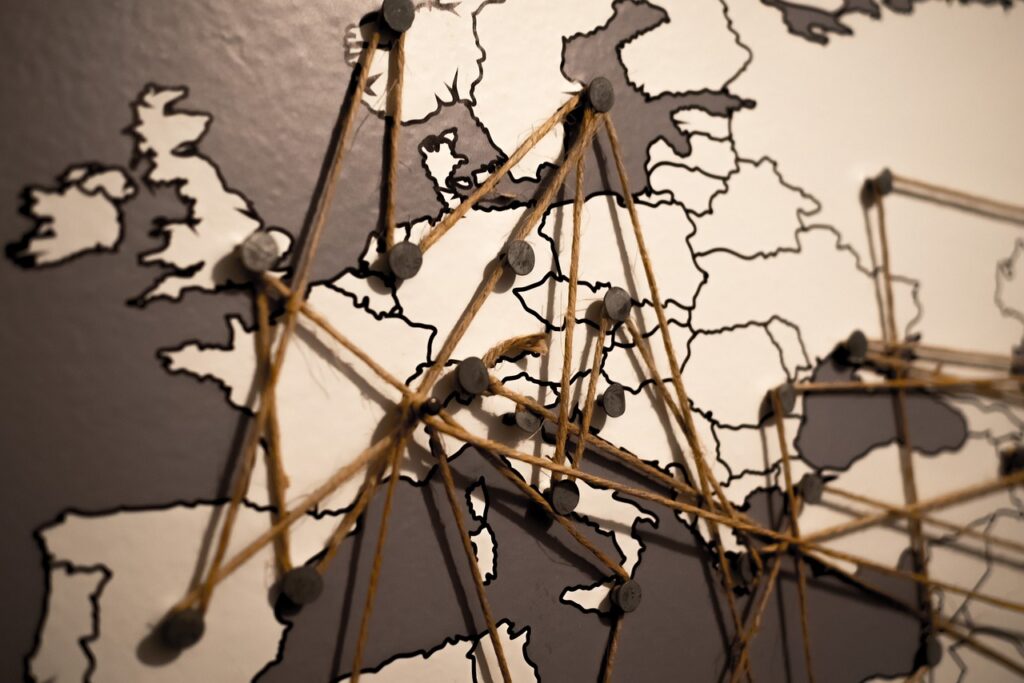The energy landscape of Europe is on the verge of transformation. With an ambitious goal to decarbonize its economy, the European Union (EU) is projected to invest substantially in energy infrastructure.
According to estimates, the investment needs will hit €730 billion for electricity distribution alone between 2024 and 2040. This massive financial requirement is equivalent to powering a small nation’s economy, reflecting the scale of the challenge and opportunity facing Europe. However, disparities in investment readiness across EU member states, especially between highly prepared countries like Germany and less advanced regions such as Eastern Europe, highlight a significant tension in achieving uniform progress across the continent.
Investment Needs
The future energy infrastructure of Europe will require diverse investments across various categories. Electricity infrastructure dominates with €472 billion earmarked for transmission projects, including over €130 billion in cross-border collaborations and offshore connections. These are essential to ensure interconnected, reliable, and sustainable energy networks. Hydrogen infrastructure also poses significant investment needs with nearly €170 billion projected, primarily directed towards pipelines—highlighting the strategic shift towards this versatile energy carrier as a cornerstone of Europe’s future energy systems.
The investment in hydrogen infrastructure envisions over 24,000 kilometers of new pipelines and the conversion of 14,039 kilometers of existing pipelines by 2034. However, this transition is not without its hurdles. The market for hydrogen remains nascent, posing both a high financial risk and uncertainty due to evolving demand and competition from alternative energy sources.
Smart Grids and Hydrogen
An essential part of the EU’s strategy involves the development of smart grids and hydrogen infrastructure. Smart grids are crucial for integrating renewable sources and enhancing energy efficiency across networks, necessitating substantial capital investment. The transformation will rely on the expansion and modernization of existing infrastructure to accommodate new technologies while ensuring system stability and reliability.
For hydrogen, the EU’s focus extends beyond pipelines to complex infrastructure components such as underground storage and import terminals. These elements face technical and operational challenges, including material degradation and leakage risks inherent in hydrogen storage, which are compounded by a lack of large-scale operational experience.
To mitigate investment risks and address financial viability concerns, the EU provides various financial mechanisms, including grants, guarantees, and concessional loans. These instruments are particularly vital for high-risk and cross-border projects, where traditional financing models face limitations. The Connecting Europe Facility, with a budget exceeding €5 billion, exemplifies such support, enabling projects that promote energy security and regional integration.
Furthermore, EU policy frameworks like the Recovery and Resilience Facility and Horizon Europe are pivotal in mobilizing private investment and supporting innovative energy technologies. These efforts are crucial in de-risking emerging sectors like hydrogen production and CO2 transport and storage, which are vital for achieving long-term climate goals.
Analyzing past stakeholder feedback reveals that accessing EU funds often involves navigating complex administrative processes, which can delay project implementation. Simplifying these procedures could accelerate infrastructure development and ensure timely disbursement of necessary funds, thereby aligning with the EU’s overarching goal of a decarbonized economy.
Stay updated on the latest in energy! Follow us on LinkedIn, Facebook, and X for real-time news and insights. Don’t miss out on exclusive interviews and webinars—subscribe to our YouTube channel today! Join our community and be part of the conversation shaping the future of energy.
